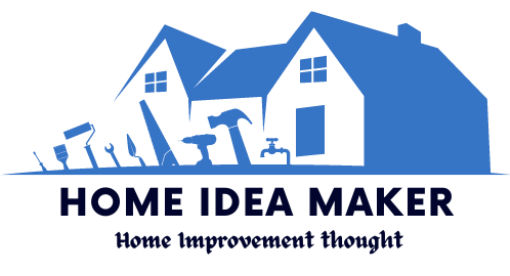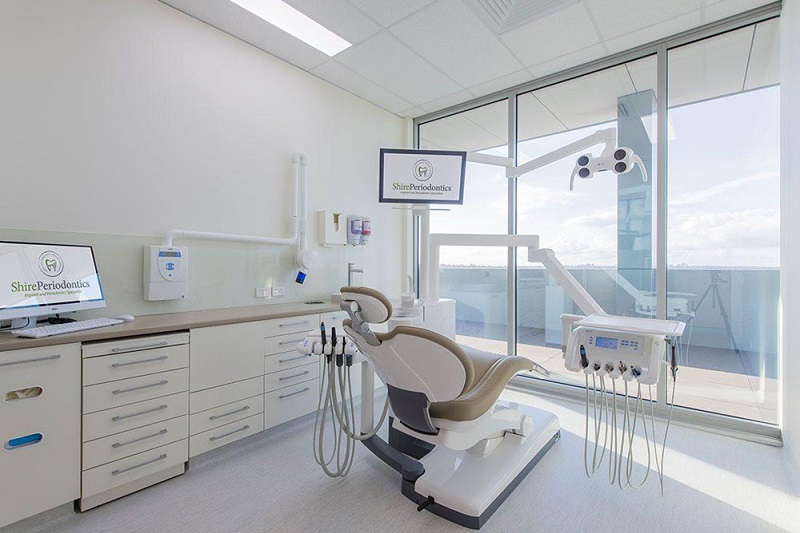Introduction
The healthcare industry is continuously evolving, and medical practices are increasingly focusing on enhancing patient care and satisfaction. One essential aspect of improving patient care is the design and layout of medical facilities. Medical fitouts play a crucial role in creating a comfortable, efficient, and patient-centered environment. This article will explore the impact of medical fitouts on patient care, discussing how thoughtful design can contribute to a better healthcare experience for patients and staff alike.
The Importance of Medical Fitouts in Patient Care
Medical fitouts refer to the design, construction, and renovation of healthcare facilities, including hospitals, clinics, and medical offices. These projects aim to create a functional, aesthetically pleasing, and patient-centered environment. The design and layout of a medical facility can significantly impact patient care, affecting patients’ comfort, privacy, and overall experience.
A well-designed medical fitout can improve patient satisfaction by reducing waiting times, ensuring privacy, and creating a calming and welcoming atmosphere. Additionally, an efficient and functional layout can help medical staff provide better care by streamlining workflows, facilitating communication, and enhancing accessibility.
Designing for Patient Comfort and Privacy
A critical aspect of patient-centered design is creating spaces that prioritize patient comfort and privacy. Medical fitouts should consider factors such as natural light, temperature control, and noise reduction to create a calming and comfortable environment. Additionally, the use of soothing colors, artwork, and greenery can contribute to a more pleasant atmosphere.
Privacy is another essential consideration in medical fitouts. Providing private consultation rooms, partitioned waiting areas, and soundproofing can help patients feel more at ease when discussing sensitive health issues. Furthermore, designing spaces that allow for easy navigation and clear signage can reduce patients’ stress and anxiety during their visit.
Enhancing Accessibility and Inclusivity
A well-designed medical fitout should cater to the diverse needs of patients, ensuring accessibility and inclusivity for all. This includes considering the needs of patients with disabilities, elderly patients, and those with limited mobility.
Incorporating features such as ramps, handrails, wide doorways, and accessible restrooms can make a significant difference in patients’ experience. Additionally, designing spaces that accommodate different cultural and religious needs, such as private areas for prayer or breastfeeding, can contribute to a more inclusive healthcare environment.
Creating an Efficient and Functional Workspace for Staff
An essential aspect of improving patient care is providing medical staff with an efficient and functional workspace. Medical fitouts should consider factors such as workflow optimization, storage solutions, and ergonomic design to create a comfortable and productive environment for staff.
Streamlined workflows can be achieved by strategically positioning consultation rooms, treatment areas, and waiting spaces to minimize unnecessary movement. Additionally, incorporating ample storage solutions can help keep medical equipment and supplies organized and easily accessible. Ergonomic furniture and adjustable workstations can also improve staff comfort and reduce the risk of workplace injuries.

The Role of Technology in Modern Medical Fitouts
Technology is playing an increasingly important role in healthcare, and medical fitouts should consider how to integrate modern technological solutions into the design. This can include incorporating telemedicine capabilities, digital signage, and electronic health record systems.
Additionally, medical fitouts should consider the growing importance of telehealth and remote consultations, designing spaces that accommodate video conferencing and other virtual healthcare services. This can help medical practices adapt to the changing healthcare landscape and better serve patients who may have difficulty accessing in-person care.
The Future of Medical Practice Design
As the healthcare industry continues to evolve, medical fitouts will need to adapt to meet the changing needs of patients and staff. This may include incorporating more sustainable materials and energy-efficient solutions, as well as designing spaces that can easily be reconfigured to accommodate new technologies and services.
Furthermore, the COVID-19 pandemic has highlighted the importance of infection control and prevention in healthcare settings. Future medical fitouts will likely need to consider innovative solutions for reducing the spread of infectious diseases, such as touchless technology, antimicrobial surfaces, and improved air filtration systems.
Conclusion
In conclusion, medical fitouts play a crucial role in enhancing patient care by creating comfortable, efficient, and patient-centered environments. By considering factors such as patient comfort, privacy, accessibility, staff needs, and technology integration, medical practices can design spaces that contribute to a better healthcare experience for all. As the healthcare industry continues to evolve, medical fitouts will need to adapt to meet the changing needs of patients and staff, ensuring that healthcare facilities remain at the forefront of patient-centered care.



